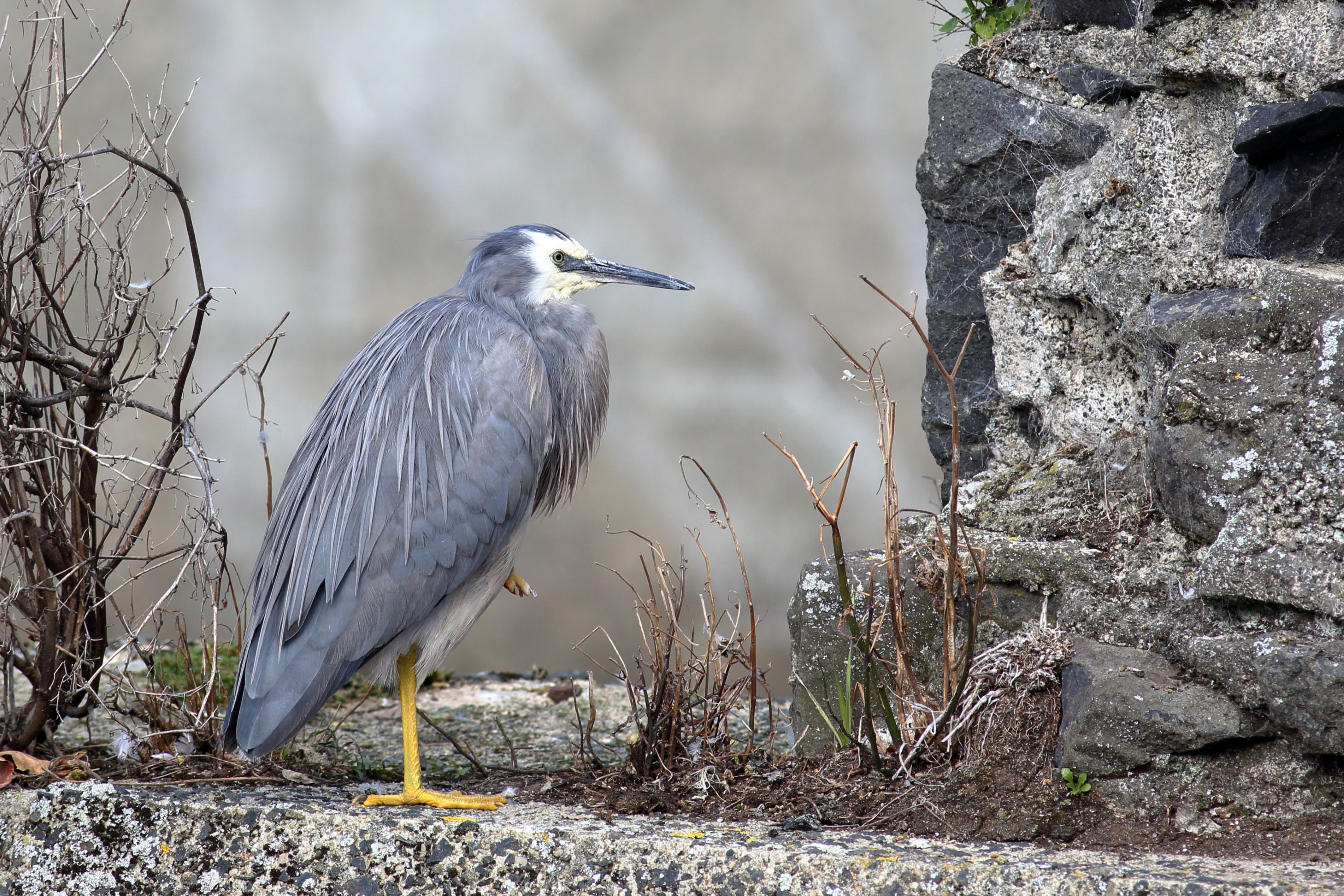
White-faced Heron: The Adaptable Wader of Australasia
Introduction to the White-faced Heron
The White-faced Heron, scientifically known as Egretta novaehollandiae, is a widely distributed and adaptable heron species native to Australasia. This elegant bird is particularly noted for its striking white face, a contrast to its predominantly soft grey plumage.
Physical Description
The White-faced Heron stands approximately 60 to 70 cm tall. Its plumage is primarily light blue-grey, with a characteristic white face extending from the forehead down to the upper chest. During the breeding season, it develops long, delicate plumes on its neck and back. The legs are long and slender, ranging in color from yellow to pale green, and its bill is long and pointed.
Habitat and Distribution
This heron is common across Australia and New Zealand, with its range extending to parts of Indonesia, New Guinea, and the Pacific islands. It thrives in a variety of wetland habitats, from tidal mudflats and coastal reefs to inland rivers, lakes, and marshes.
Behavior and Lifestyle
The White-faced Heron is a versatile and opportunistic feeder, adapting to various environments. It can be observed foraging alone or in small groups, often wading in shallow waters but is also known to hunt in dry fields and grasslands.
Feeding Habits
Its diet is diverse, including fish, crustaceans, insects, amphibians, and small reptiles. The bird employs both static and active hunting strategies, waiting motionless for prey or actively pursuing it in shallow waters.
Breeding and Nesting Habits
White-faced Herons can breed year-round, depending on food availability. They usually breed in solitary pairs but may form loose colonies. The nest is a platform made of sticks, often situated in trees or bushes near water.
Egg Laying and Incubation
The female typically lays 3 to 5 pale blue eggs. Both parents share the duty of incubating the eggs, which hatch after about 25 days. The high nests offer protection from various ground predators.
Chick Rearing and Parental Care
The chicks are altricial and dependent on parental care. Both parents feed the chicks, who fledge the nest in about 6 to 7 weeks but may continue to depend on their parents for food and protection for some time thereafter.
Vocalizations and Communication
The White-faced Heron is relatively quiet but can emit a range of vocalizations, especially during the breeding season. These include guttural croaks and soft chattering noises used for communication between mates and signaling alarm.
Conservation Status
Currently, the White-faced Heron is listed as Least Concern by the IUCN. Although it is widespread and adaptable, it faces threats from habitat degradation and environmental pollution in some areas.
Similar Species and Taxonomy
Belonging to the order Pelecaniformes and the family Ardeidae, the White-faced Heron is often compared to other herons and egrets, such as the Grey Heron and Great Egret. However, it is easily distinguishable by its white face and smaller size.
The White-faced Heron in Utah
The White-faced Heron is not found in Utah or North America, as it is predominantly an Australasian species. In Utah, birdwatchers can observe similar heron species in local wetland habitats.
Conclusion
The White-faced Heron, Egretta novaehollandiae, is a testament to the adaptability and resilience of wading birds. Its ability to thrive in diverse environments across Australasia highlights the ecological importance of wetlands and coastal ecosystems. Observing this heron in its natural habitat offers a glimpse into the rich biodiversity of these regions and underscores the need to protect and preserve these vital ecosystems for future generations.